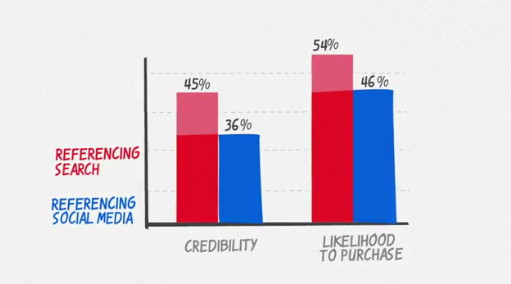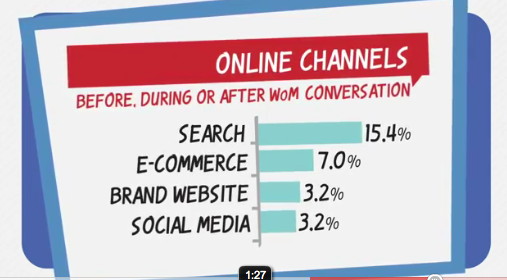Honesty – The ambient campaign driver that brings virtues back…?
 Some years ago, Billy Joel sang his song “Honesty” and I always remember this one first line… “Honesty is such a lonely word. Everyone is so untrue.”. Apparently, it seems that Billy was not quite right with his statement (although he took a different approach to his somng argumentation). It is interesting to see that more and more campaigns seem to pitch with that virtue proof…
Some years ago, Billy Joel sang his song “Honesty” and I always remember this one first line… “Honesty is such a lonely word. Everyone is so untrue.”. Apparently, it seems that Billy was not quite right with his statement (although he took a different approach to his somng argumentation). It is interesting to see that more and more campaigns seem to pitch with that virtue proof…
I wrote about the interesting HonestTea campaign. That campaign not only proved the value of Earned Media but more importantly how honest people in the world were. And it also pointed out that honesty as a virtue might become a wonderful topic for campaigns – a real ambient campaign driver.
The National Australia Bank (NAB Group) is another example how companies come up with that topic. Some while ago, the NAB was shaking up the financial services industry by encouraging the customers of other banks to “break up” with their bank. The campaigns continues now to a next level now…
The NAB is challenging the honesty of consumers with a series of social experiments on the virtue of honesty. The honesty project of the NAB proves that Australians are very well behaved and very honest.
The bank is publishing the results in little clips. Watch the results…
Spot On!
This modern ambient approach to make a change in the communication to consumers from banks I found quite refreshing, compared to the traditional annoying and boring print letters I still get today. If banks open up to customers with some clever ideas like these it will be a perfect way to get Earned Media which leads to Owned Media and puts a question mark behind the honest value of “Paid Media”. And that is a fact, that is my honest truth.
PS:: What is your view on the campaign? The honesty approach? The value of honesty from a bank’s perspective?




 Many companies have started showing case studies, infographics, or videos to present their latest Social Media activities. Now, EMC comes up with a great video that explains nicely how the copany leverages the power of the social web.
Many companies have started showing case studies, infographics, or videos to present their latest Social Media activities. Now, EMC comes up with a great video that explains nicely how the copany leverages the power of the social web.




